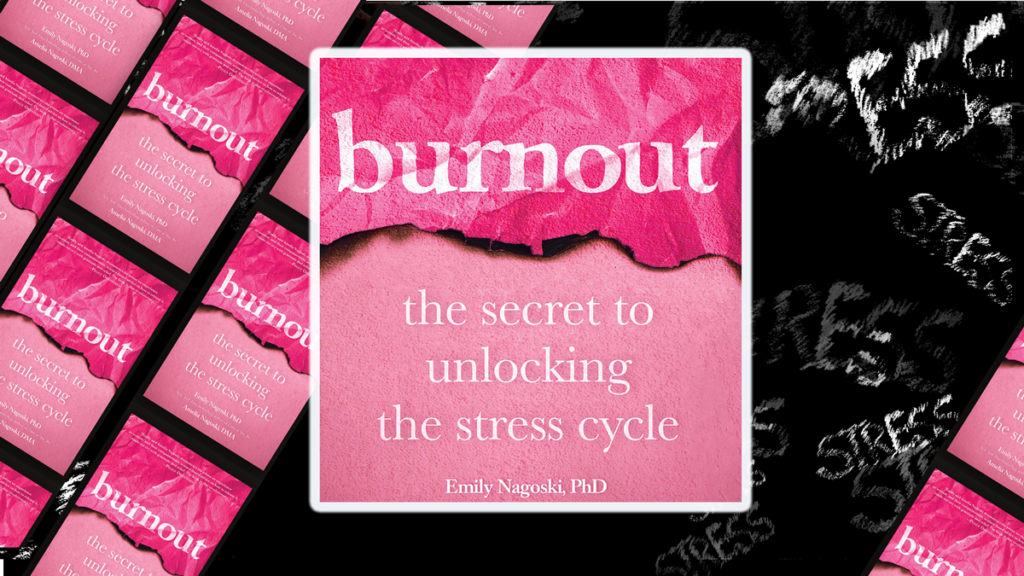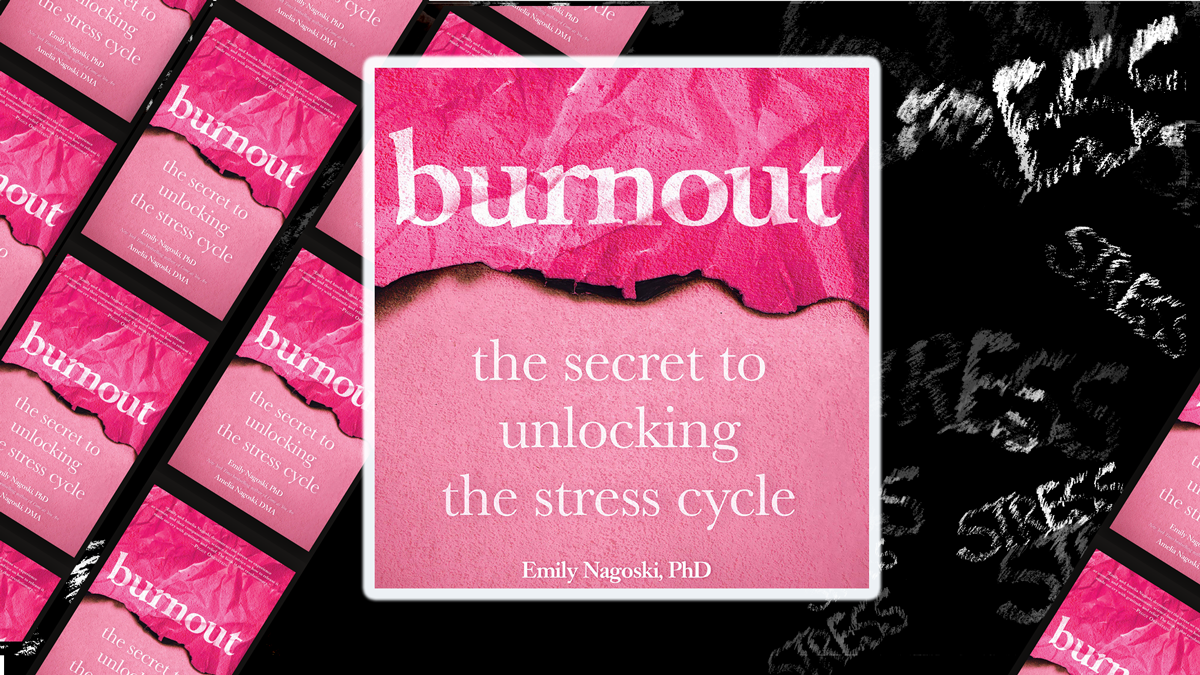
Above: Photo Collage / Publisher Ballantine Books
The time is now to start listening – to your body that is
It’s not uncommon, especially lately, at one point or another, to start asking ourselves some of the following questions: Am I working too hard? Why does life feel as if I can’t keep up? Why am I constantly feeling stressed and Exhausted? If any one of these questions resonant with you, it is very possible you are one of many experiencing burnout. But what exactly does the term burnout even mean?
Burnout can look like different things to different people, yet it is almost always is characterized by an overwhelming feeling of emotional, physical and mental exhaustion. Burnout is often the result of prolonged exposure to stress, but there is a nuanced difference.
Being stressed out means there is too much going on, but being burned out means not enough positive input causing a feeling of emptiness (such as; no motivation, not caring or ability to see hope or potential for positive change).
Usually burnout is associated with work, but there are definitely other factors that can contribute outside your job, including personal lifestyle (e.g. too much responsibility and not enough support) or even personality traits (e.g. type A or need for perfection).
Below are a few books that can help you recognize and take action to help better cope with the omnipresent burnout in our world, learn to listen to your body, and find methods to deal in healthier ways the many stressors and demands that today’s life can hold.
Burnout: The Secret to Unlocking the Stress Cycle
This book focuses on helping women identify and explain burnout and how we experience it very different than our male counterparts.
A best-seller that relies on science-based finding also lays out realistic ways in which women can recover from burnout to live a more joyful life by minimizing stress and managing emotions.
Also comes with worksheets and exercises that makes self-care and wellness within the realm of the possible. Click to see “Burnout“.
The Body Keeps the Score: Brain, Mind, and Body in the Healing of Trauma
This hugely popular best-selling book delves into traumatic stress and how it impacts our body. Using scientific data, Van Der Kolk breaks down how trauma literally reshapes both the brain and body.
In addition he explores ways to retrain the brain by activating parts of the brain that can help including: sports, yoga, meditation, and much more.
Discover “The Body Keeps the Score” at LynxoticBooks.
Winning the War in your Mind: Change your Thinking, Change your Life
Bad habits and unhealthy ways of thinking are part of what it is to be human. Author Groeschel understands that battle with negative thinking and helps you identify such “false thinking” and rewire your thought processes.
He also incorporates faith, allowing you to bring in a higher power to enable a life that brings more peace and joy. to Click for more on “Winning the War“.
Related Articles:
- Stress is Part of Life: Burnout doesn’t have to be
- Primal Movement for fitness in 2023
- Counting Calories to Slim Down? Here’s a Guide to Doing it Right
- Learning to Fly: Hurry up and Learn Meditation or be left Ungrounded: Books
- Feeling the Stress? Yoga Techniques have been giving Relief For Thousands of Years
Find books on Music, Movies & Entertainment and many other topics at our sister site: Cherrybooks on Bookshop.org
Enjoy Lynxotic at Apple News on your iPhone, iPad or Mac.
Lynxotic may receive a small commission based on any purchases made by following links from this page
